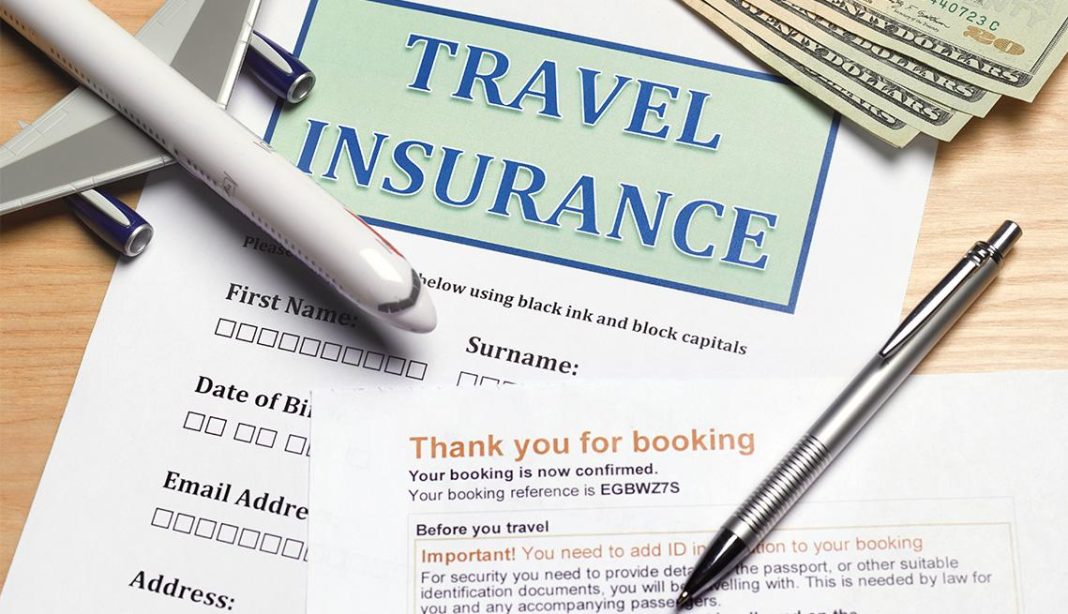In recent years, the burgeoning interest in adventure tourism has seen travelers increasingly seeking experiences that go beyond the conventional. From skydiving over exotic landscapes to scuba diving in uncharted waters, the allure of thrill and exploration is undeniable. However, as adventurers prepare to embark on these adrenaline-pumping journeys, the role of travel insurance becomes a critical consideration. While intended to provide a safety net for travelers, many insurance policies come with a litany of exclusions, particularly concerning adventure activities. This article delves into the intricacies of travel insurance policies, examining whether they exclude too many adventure activities, and explores the implications for both insurers and the adventurous clientele they aim to serve. Through an analytical lens, we will assess the balance between risk management for insurance companies and the needs of modern-day adventurers, providing insights into how this dynamic impacts the travel insurance landscape.
Adventure Activity Exclusions in Travel Insurance Policies
When examining travel insurance policies, a notable trend is the exclusion of certain high-risk activities that many thrill-seekers might consider essential to their travel experiences. Activities such as skydiving, bungee jumping, and mountaineering often find themselves on the list of exclusions. These activities, while exhilarating, are perceived by insurers as carrying a higher likelihood of injury, leading to increased risk exposure. However, this cautious approach by insurers raises questions about the balance between protecting their interests and accommodating the adventurous spirit of travelers.
Understanding these exclusions can be crucial for travelers planning to engage in such pursuits. Some policies may provide options to purchase additional coverage for specific activities, while others might outright deny any form of coverage. Travelers should be vigilant in reviewing policy details and may consider the following when assessing their insurance needs:
- Check if your desired activities are explicitly excluded.
- Explore options for additional coverage or specialized policies.
- Consider the reputation and claims process of the insurance provider.
- Evaluate if the policy aligns with your overall travel goals.

Analyzing the Scope of Coverage for High-Risk Activities
When examining travel insurance policies, it’s crucial to assess the extent of coverage offered for activities considered high-risk. Many insurance providers categorize adventure activities such as skydiving, bungee jumping, and scuba diving as high-risk, often leading to exclusions or additional premiums. The rationale behind these exclusions is primarily the increased likelihood of accidents and injuries, which could result in significant claims. However, the lack of coverage for such activities can leave thrill-seekers vulnerable to financial strain if an incident occurs.
Insurance companies often employ a tiered approach to manage risk, creating a list of activities with varying levels of coverage. This might include:
- Included Activities: Activities considered low-risk, like guided hiking or snorkeling, typically covered under standard policies.
- Optional Add-ons: Medium-risk activities, such as white-water rafting or zip-lining, might require additional coverage through policy extensions.
- Excluded Activities: High-risk activities often necessitate specialized policies, with many insurers opting to exclude them altogether to mitigate potential losses.
This segmented approach can lead to a fragmented understanding of what is covered, leaving travelers to navigate a complex web of terms and conditions. Thus, understanding the nuances of these policies is essential for adventure enthusiasts to ensure they are adequately protected during their travels.

Understanding the Rationale Behind Exclusion Clauses
When evaluating travel insurance policies, one must consider the underlying logic of exclusion clauses. These clauses are primarily designed to mitigate risk for insurers, ensuring that coverage remains viable and premiums affordable for a broad customer base. Exclusion clauses often reflect activities that present a high risk of injury or require specialized equipment and expertise. From an insurer’s perspective, the likelihood of claims stemming from these activities can significantly increase the cost of providing coverage. As a result, excluding certain high-risk activities allows insurers to maintain a balance between offering comprehensive coverage and managing financial risk.
Several factors influence the decisions to exclude specific adventure activities. These include:
- Statistical Data: Insurers rely on historical data to assess the frequency and severity of claims associated with various activities.
- Cost of Medical Treatment: The potential cost of medical emergencies related to high-risk activities can be prohibitive.
- Regulatory Requirements: In some jurisdictions, regulations may influence the types of activities insurers are allowed to cover.
- Market Competition: Insurers must also consider competitive factors, balancing the breadth of coverage with competitive pricing.
Understanding these factors can help travelers make informed decisions when selecting a policy, ensuring that their adventurous pursuits are either adequately covered or consciously accepted as a personal risk.
Recommendations for Travelers Seeking Comprehensive Coverage
For travelers who are passionate about adventure activities, finding an insurance policy that offers comprehensive coverage can be challenging but not impossible. When searching for the right policy, it’s crucial to look for plans that specifically mention coverage for a wide array of activities. Here are some key recommendations to consider:
- Read the Fine Print: Carefully examine the policy documents to identify any exclusions related to adventure sports. Many insurers provide a list of activities that are either covered or excluded.
- Consider Specialized Insurers: Some insurance companies specialize in coverage for extreme sports and adventure activities. These insurers often have more flexible policies tailored to the needs of thrill-seekers.
- Check for Add-Ons: Many travel insurance plans offer add-ons for specific activities, allowing travelers to customize their coverage according to their itinerary.
- Consult with an Expert: Speaking with an insurance broker or advisor can provide insights into which policies offer the best protection for your planned activities.
By following these guidelines, travelers can enhance their chances of securing an insurance policy that aligns with their adventurous spirit, without compromising on essential coverage.

